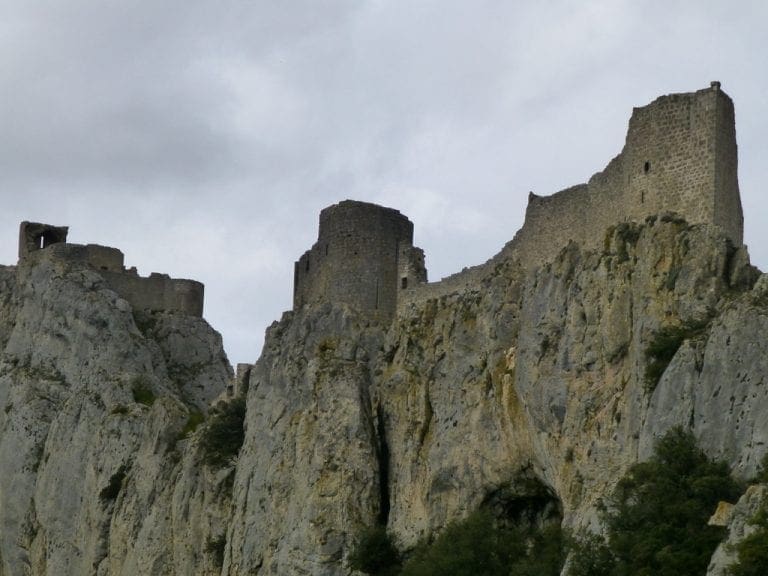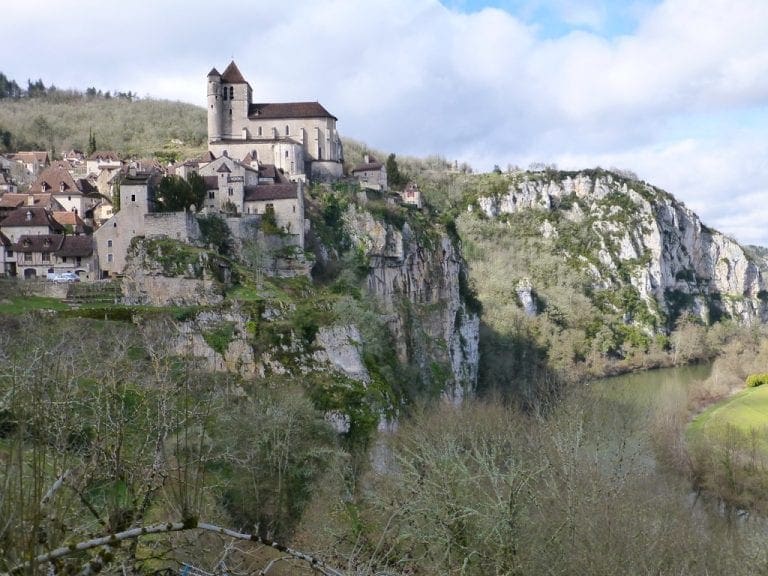I am Pont du Gard
I am Pont du Gard – a Roman aqueduct bridge (Bridge of the Gard River)
I am part of the Nîmes aqueduct, a 50 km-long structure built by the Romans to carry water from a spring at Uzès to the Roman colony of Nemausus (Nîmes). Because the terrain between the two points is hilly, the aqueduct – built mostly underground – took a long, winding route that crossed the gorge of the Gardon, and needed construction of an aqueduct bridge. Built in the 1st century AD, the Pont du Gard is the highest of all Roman aqueduct bridges and is the best preserved after the Aqueduct of Segovia. It was added to UNESCO’s list of World Heritage Sites in 1985 because of its historical importance.

The bridge has three tiers of arches, standing 48.8 m high. The whole aqueduct descends in height by only 17 m over its entire 50 km length, and the bridge itself descends a mere 2.5 cm over its 274 m length – a gradient of only 1 in 3,000 – which indicates the great precision that Roman engineers were able to achieve. The aqueduct carried about 200,000 m3 of water a day to the fountains, baths and homes of the citizens of Nîmes. It continued to be used possibly until the 6th century, with some parts used for significantly longer, but lack of maintenance after the 4th century meant that it became increasingly clogged by mineral deposits and debris that eventually choked off the flow of water.
After the collapse of the Roman Empire and the aqueduct’s fall into disuse, the Pont du Gard remained largely intact due to the importance of its secondary function as a toll bridge. For centuries the local lords and bishops were responsible for its upkeep in exchange for the right to levy tolls on travellers using it to cross the river.
Although the exterior of the Pont du Gard is rough and relatively unfinished, the builders took care to ensure that the interior of the water conduit was extremely smooth so that the flow of water would not be obstructed. The walls of the conduit were constructed from dressed masonry and the floor from concrete. Both were covered with a stucco incorporating minute shards of pottery and tile. It was painted with olive oil and covered with maltha, a mixture of slaked lime, pork grease and the viscous juice of unripe figs. This produced a surface that was both smooth and durable.
Although the Pont du Gard is renowned for its appearance, its design is said to be not optimal as the technique of stacking arches on top of each other is clumsy and expensive. (Note: it is still standing however.) Later aqueducts had a more sophisticated design, making greater use of concrete to reduce their volume and cost of construction. The Aqueduct bridge of Segovia and the Pont de les Ferreres in Spain are of roughly similar length but use far fewer arches. Roman architects were eventually able to do away with “stacking” altogether.













